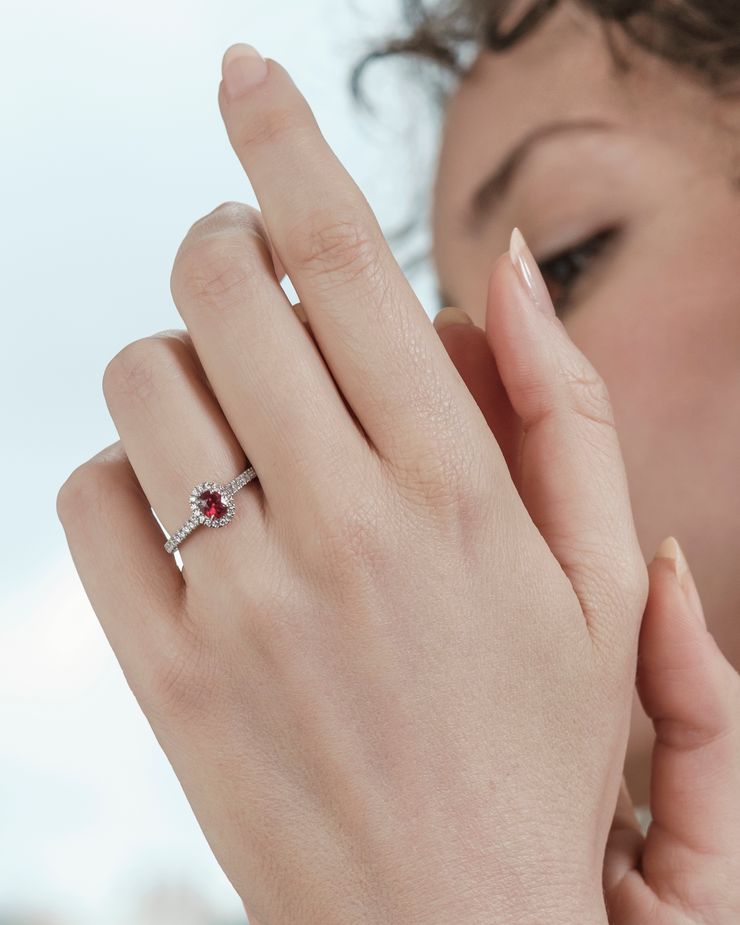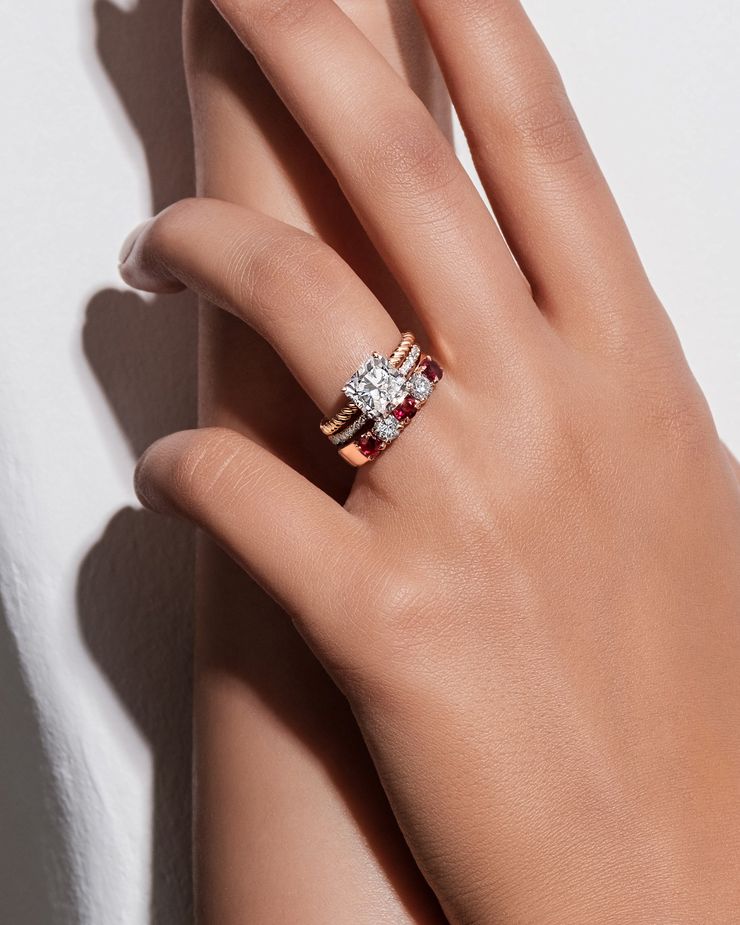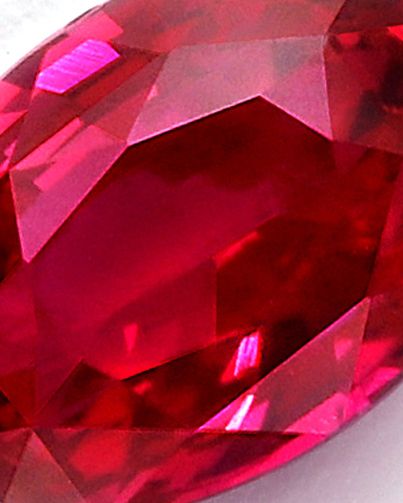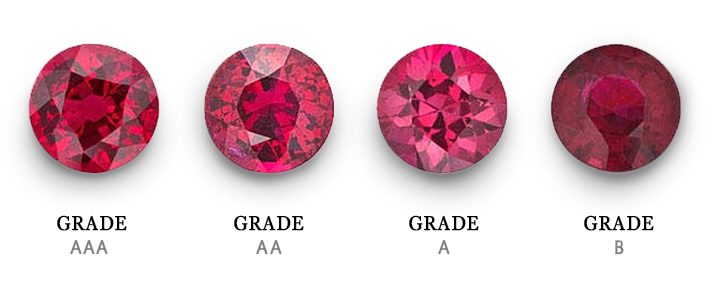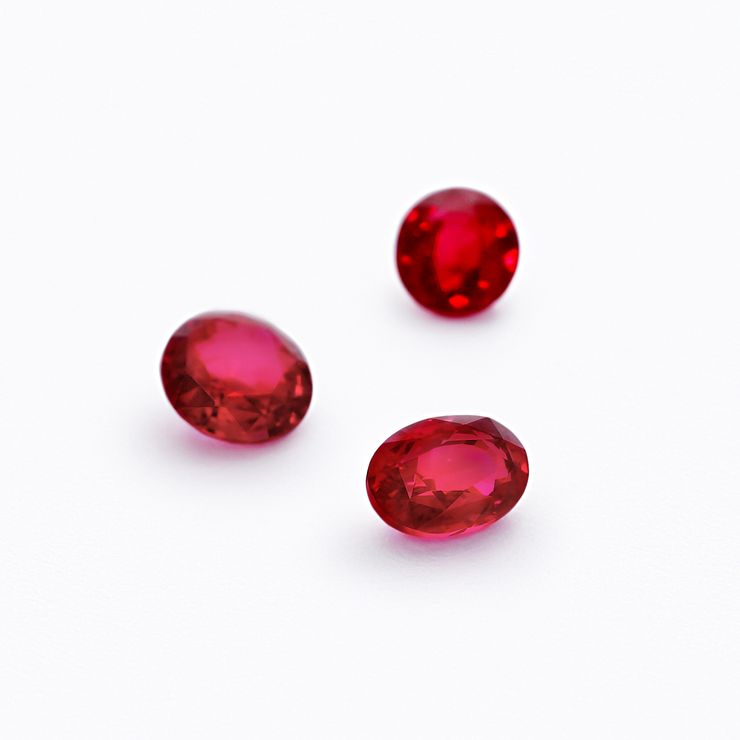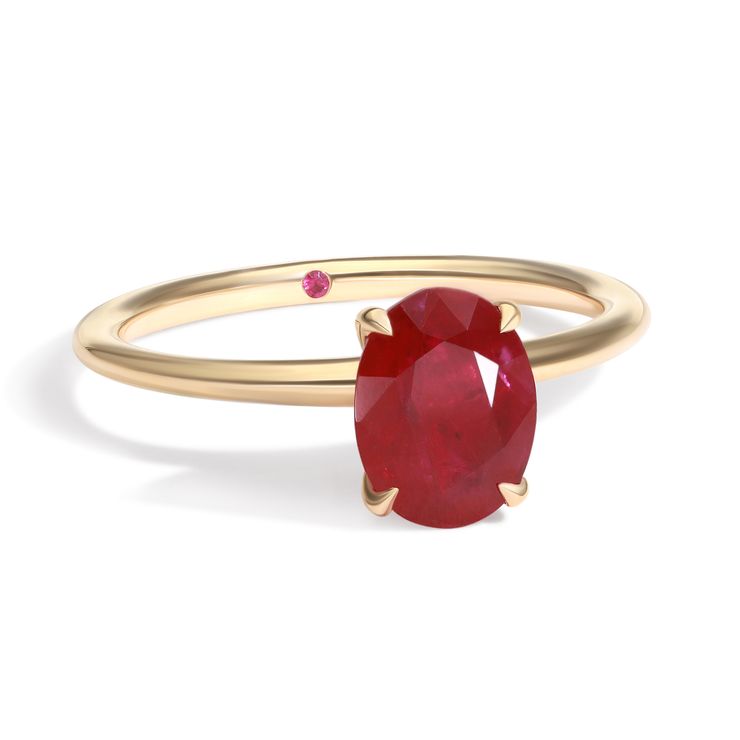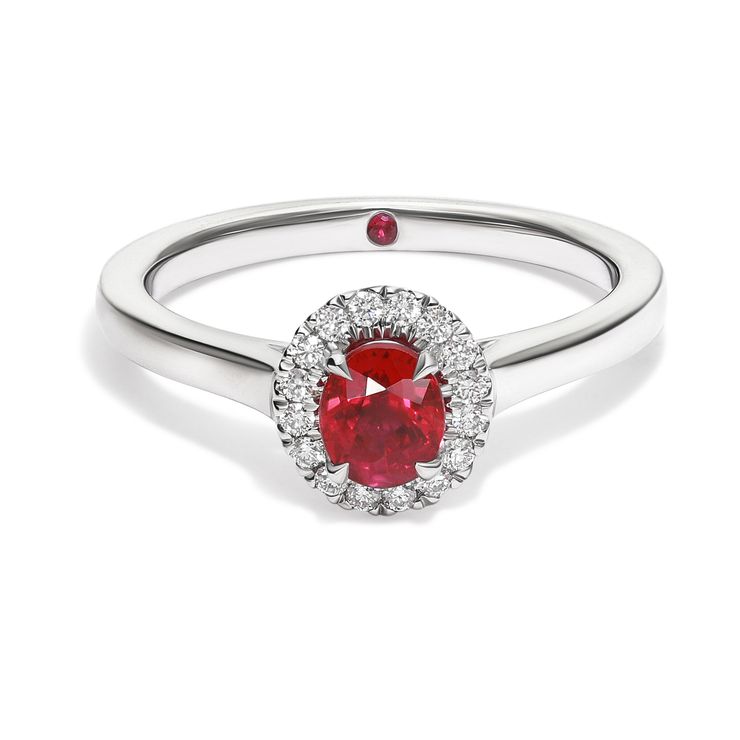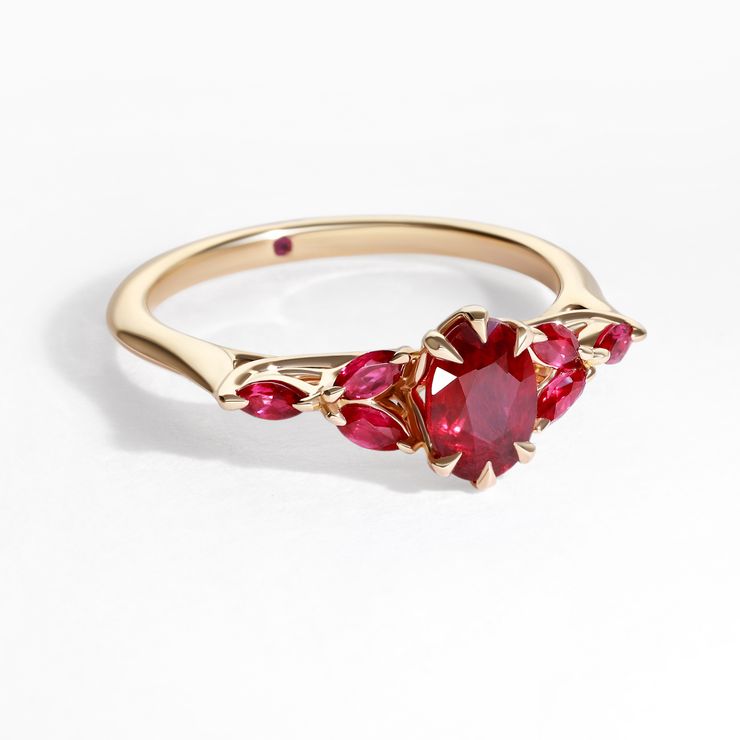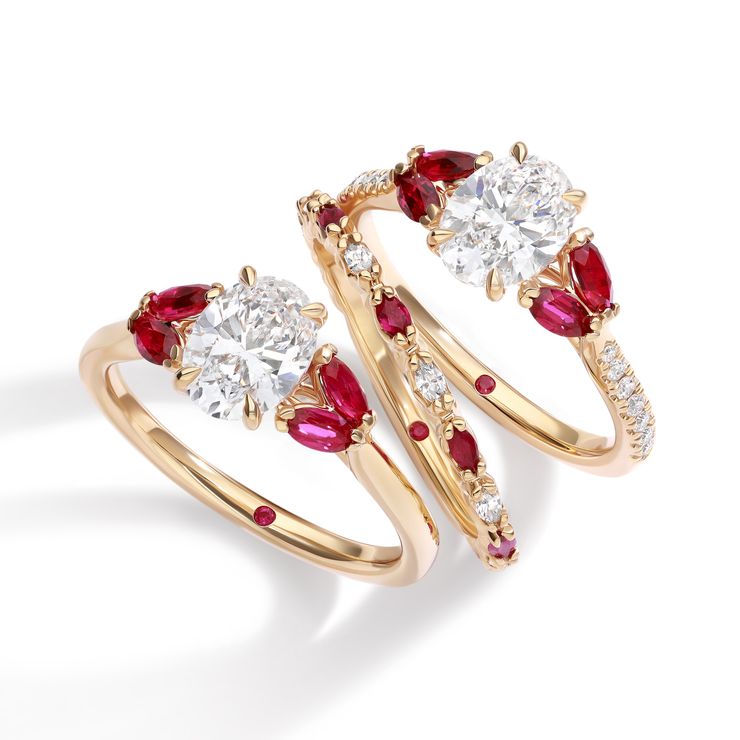Ruby: July birthstone meaning
Has there ever been a stone so connected to opulence and the power of love? There’s just something about rubies that seems to touch the soul. Perhaps it’s the glowing red hue, or maybe the fact that we have seen this red stone adorning generations of royalty and nobility.
Of all the precious stones, the mighty ruby has a rare energy. In history it has been known to symbolise the sun, it’s been called the inextinguishable flame, and a Burmese legend also believed that putting this stone beneath the skin could make you immortal. There’s no doubt, this stone has a lore of power.
The ruby takes its name from the Latin word ‘ruber’ which means red. No doubt a nod to the deep colouring of this rich gem, it’s one of the four ‘precious gemstones’ taking its place alongside diamonds, sapphires and emeralds.
